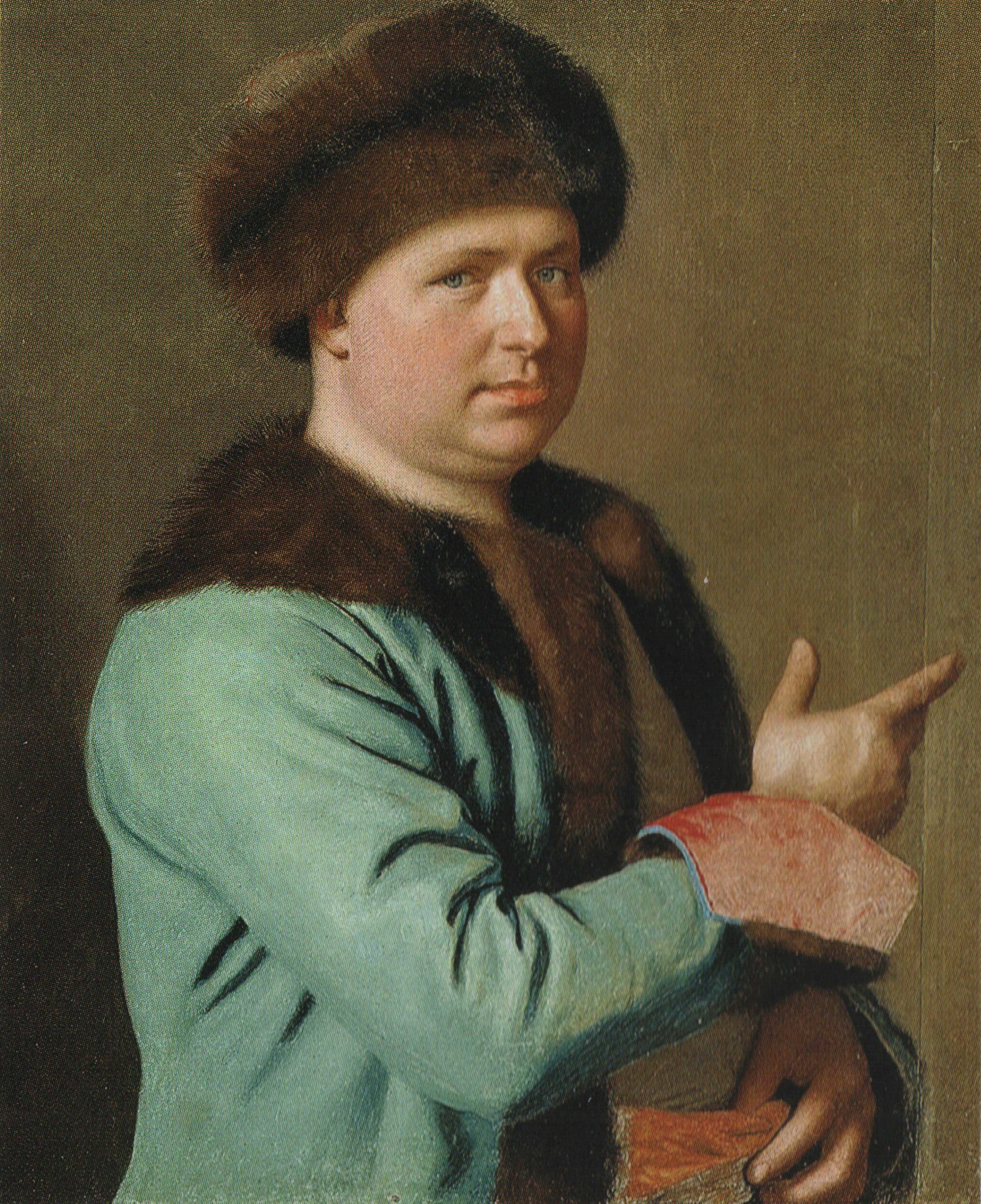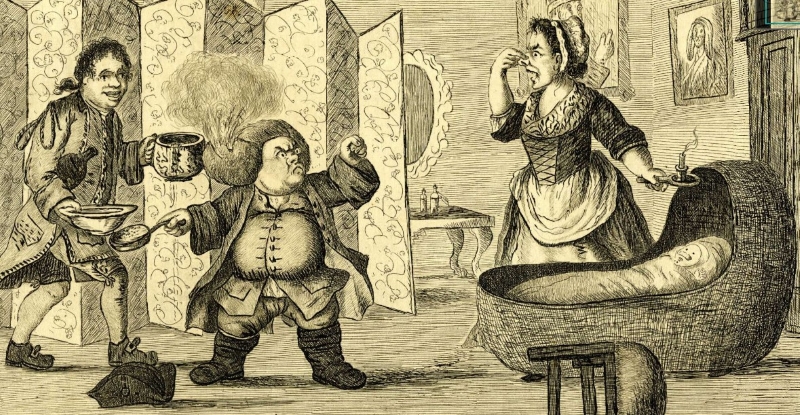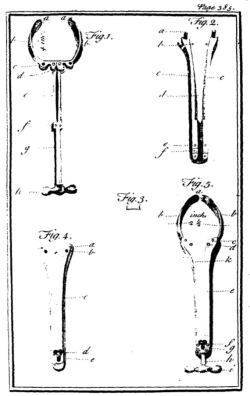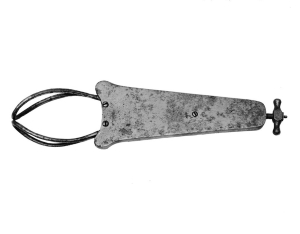A few pictures from a final A223 'field trip' in East Yorkshire.
We were been blessed with some fantastic weather during 'book 3' of module A223 - and this is Burton Constable Hall in blazing sunshine [9/5/2025].
The building was initially established in the late 16th century on the flat lands between the Wolds and the North Sea and then had a major refashioning in the 18th - so very much a product of the early modern period we've studied.
The Constable family who owned it (and still live there) were Catholics and got their first big break with the accession of Queen Mary I, but have had chequered fortunes after that.
The character who is the best fit for the last couple of weeks of A223 is William Constable (1721-91), who was every inch an 'Enlightened' figure. Barred from many fields of endeavour by his Catholic faith, William invested in his property and in intellectual pursuits. I loved this quote from the hall guidebook,
'My Employments are Reading & Reflecting. My Amusements the Management of my affairs, Agriculture, Gardening, Botany, Embellishing my Place with taste & propriety & Magnificence In which I employ the best Artists of this Kingdom. I am Likewise a Collector, a bit of a Vertu, was once in Esteem as an Electrician, am sometimes an Astronomer & have Knowledge Enough of Natural History...'
William went on a Grand Tour of France and Italy with his sister, in part as 'therapy' for his gout, and met Rousseau - the picture below from 1770 was completed on that trip and has him dressed up as Jean-Jacques in his trademark fur hat!

William was clearly a philosophe fan, he had a Wedgewood statuette of Rousseau, a pair with one of Voltaire...
... at the other end of the table - which may look familiar from the 'Early Modern Object' for chapter 23!
The Elizabethan long gallery was equipped as his library.
But the most interesting area (for me) were those rooms displaying William's 'Cabinet of Curiosities'.
This contains multitudes!
He had agents sending him material from across Europe, commissioned local instrument-makers to create scientific instruments and had the natural philosopher John Arden come and give displays of 'experiments'.
Static electricity was a major topic of interest and there were a number of devices for generating and demonstrating its effects.
William collected and catalogued seeds and shells - and there are numerous biological 'oddities' in cases or mounted on the walls.
It's all very different from what we might now consider as 'science' (apparently William was interested in the possibility of interbreeding chickens and rabbits!) but it was fascinating to see such a collection in its original context.


